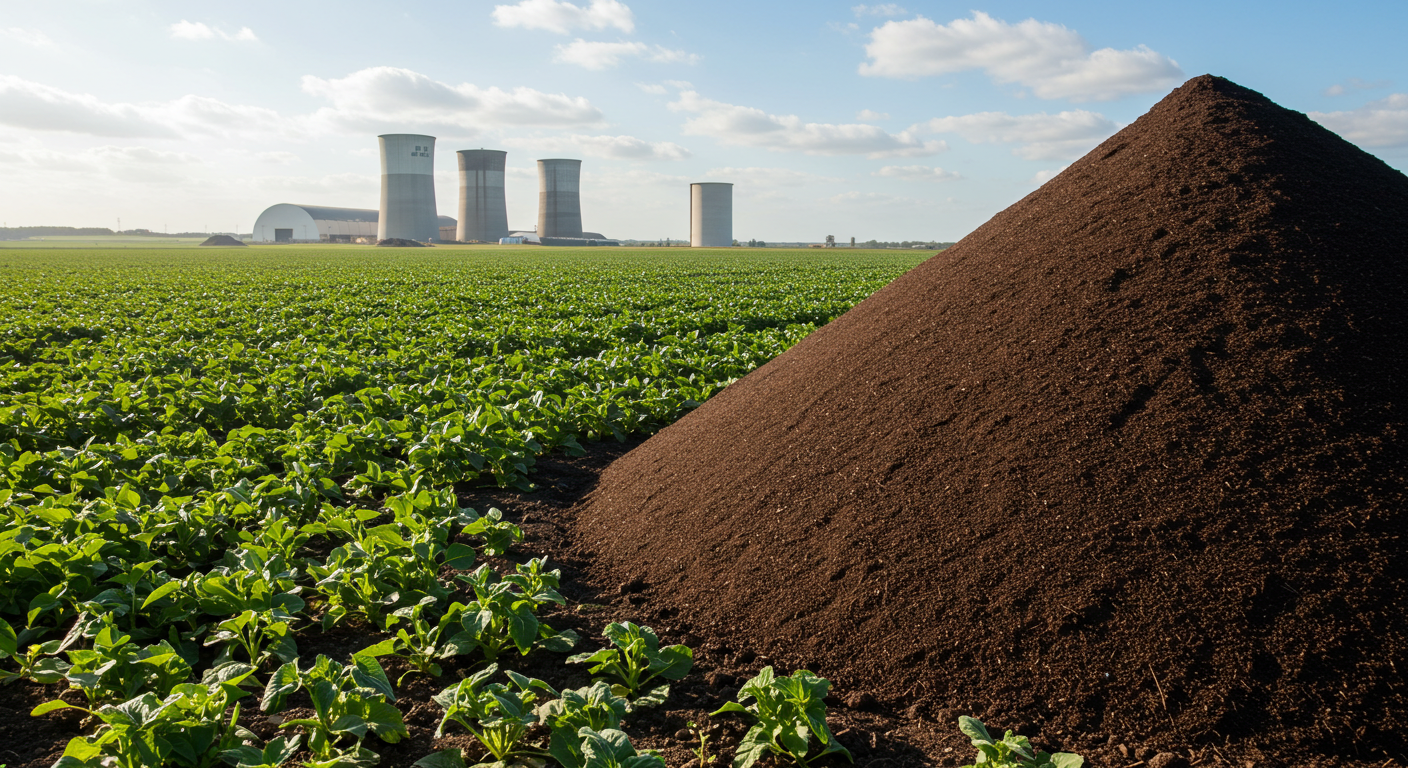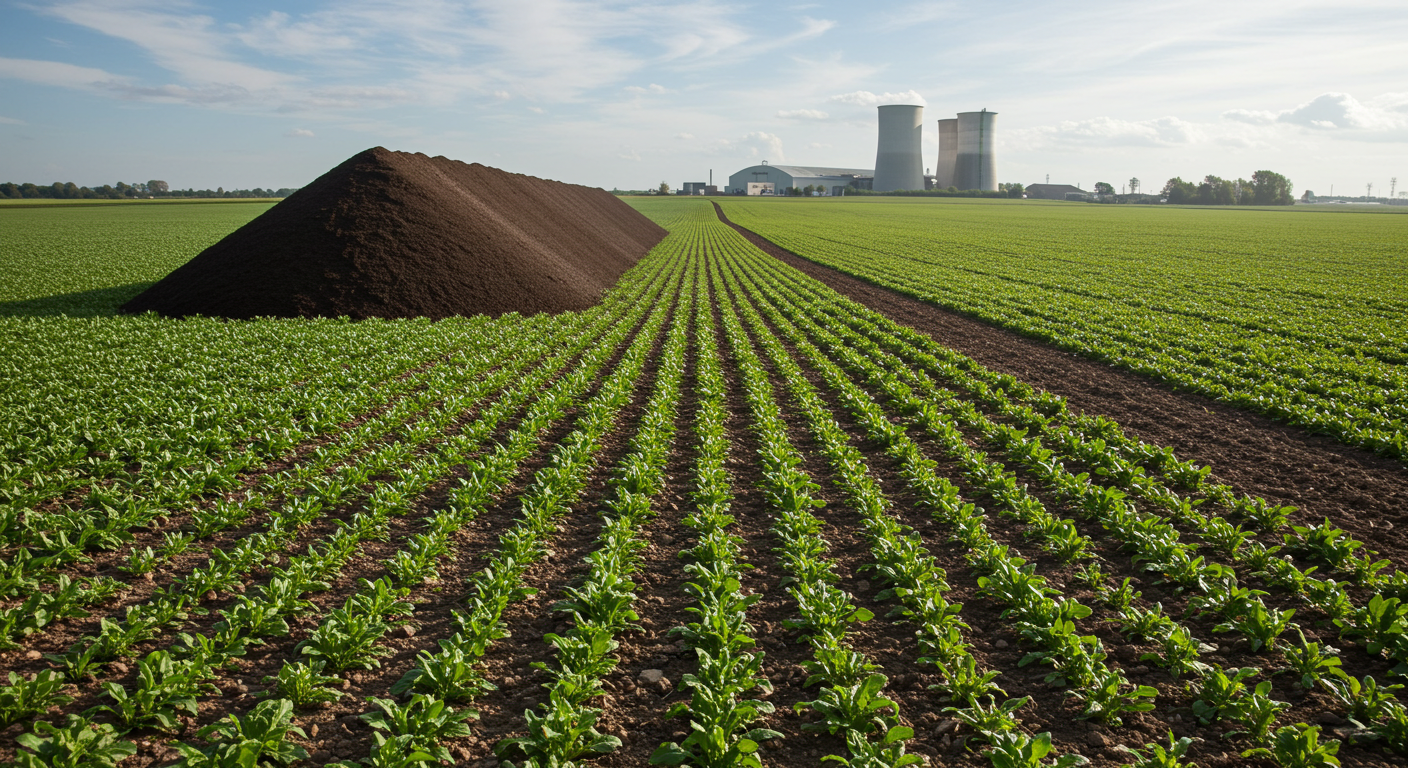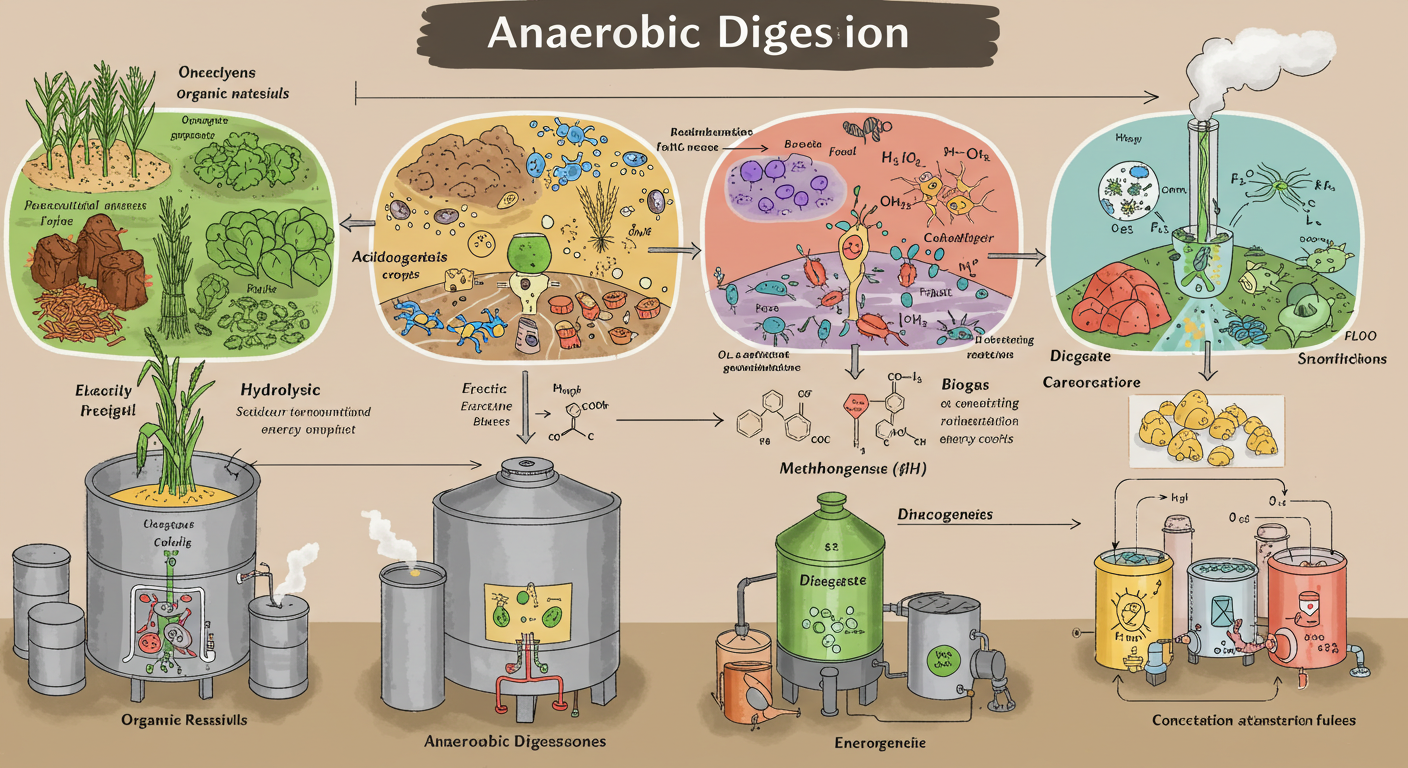What feedstocks work best for anaerobic digesters? Step by step analysis Introduction: Feed your microbes like you mean it If a digester is a steel stomach, feedstocks are the diet. Give it balanced meals and it hums; dump random leftovers and it sulks. The “best” feedstocks aren’t just the highest‑energy ones—they’re the ones you can source reliably, blend smartly, and digest without drama. Here’s a clear, step‑by‑step way to choose and manage feedstocks that keep your biogas flowing and your microbes happy. Step 1: Know your categories Not all organics behave the same. Start by sorting what you have into practical buckets. Manure: Steady supply, lower gas per ton, great process stability. Food waste: High energy, variable composition, watch for fats/salts. Crop residues: Mid energy, lignin can slow digestion; pre‑treat helps. Municipal organics: Mixed streams; sorting and contamination control are essential. Sewage sludge/industrial slurries: Consistent, but monitor inhibitors. Grease traps/fats, oils, greases (FOG): Biogas rockets, process can wobble; dose carefully. Table 1: Typical feedstock traits at a glance Feedstock Reliability Biogas potential Process stability Common watch‑outs Dairy/pig manure High Low–medium High Ammonia with poultry/pig, dilution needs Food waste Medium High Medium Salts, acids, plastics contamination Crop residues Seasonal Medium Medium Lignin/fiber, needs pre‑treatment Sewage sludge High Medium High Heavy metals, industrial co‑inputs FOG Low–medium Very high Low–medium Foaming, LCFA inhibition MSW organics Medium Medium Medium Sorting quality, plastics/metals Step 2: Check the core numbers that matter Don’t skip the basics. Five metrics decide how a feedstock will behave. Total solids (TS) and volatile solids (VS): How much “digestible stuff” is in it. C:N ratio: Aim for roughly 20–30:1. Too nitrogen‑heavy risks ammonia inhibition; too carbon‑heavy slows methanogenesis. Biochemical methane potential (BMP): The ceiling of methane yield under ideal conditions. Moisture content: Wet AD likes pumpable slurries; dry AD prefers stackable solids. Inhibitors/contaminants: Salts, detergents, heavy metals, plastics—train wrecks waiting to happen. Table 2: Target ranges and why they matter Parameter Practical target Why it matters TS Wet: 8–15%; Dry: 20–40% System fit; pumping vs. stacking VS/TS >70% Higher VS means more biogas potential C:N 20–30:1 Microbial balance; limits ammonia pH impact Neutral tendency Acidic loads need buffering Contaminants As low as possible Protects equipment and microbes Step 3: Match feedstocks to the right system Wet and dry digesters like different “textures.” Fit matters more than brute energy. Wet AD: Loves slurries—manure, sewage sludge, pulped food waste. Dry AD: Loves fibrous, stackable material—crop residues, source‑separated organics. Table 3: System fit by feedstock Feedstock Wet AD (slurry) Dry AD (plug‑flow) Notes Dairy/pig manure Excellent Fair Dilution and pumping easy Food waste (pulp) Excellent Good Pulping improves homogeneity Crop residues Fair Excellent Pre‑treat fiber for wet systems MSW organics Fair Excellent Sorting quality is decisive FOG Good (blended) Poor Dose low; co‑digest with manure Step 4: Use co‑digestion to balance the diet Most single feeds have a quirk. Pair them wisely and you turn quirks into strengths. Manure + food waste: Manure buffers pH and nutrients; food waste boosts energy. Crop residues + manure: Fiber gets diluted; microbes get steady nitrogen. FOG + manure/food waste: High energy dose with stable base—keep FOG fraction low. Sewage sludge + food waste: Consistency meets energy—watch salts and screens. Table 4: High‑value co‑digestion pairs Pair What improves Keep an eye on Manure + food waste Yield and stability Plastics, sudden acid loads Manure + crop residues Fiber conversion Pre‑treat, avoid straw clumps Sludge + food waste Energy output Sodium, screenings quality Manure + FOG Methane density LCFA inhibition, foaming Step 5: Pre‑treatment—worth it or not? Pre‑treatment unlocks energy in tough feedstocks, but it’s not “free biogas.” Choose it when it genuinely shifts the economics. Mechanical (milling, maceration): Better mixing and surface area for crop residues and food waste. Thermal/steam explosion: Breaks lignocellulose; suited for straw/stalks. Enzymatic/biological: Targeted fiber breakdown; cost depends on dosing. Hygienization/pasteurization: Required for certain wastes; improves safety and odors. Table 5: Pre‑treatment quick guide Feedstock Pre‑treatment Typical benefit Caveats Crop residues Mechanical + thermal Faster digestion, higher yield Capex/energy use Food waste Maceration + screening Fewer clogs, better homogeneity Contamination control Sludge Thermal/hydrolysis Higher VS conversion Regulatory driven FOG Heating/phase separation Easier dosing Still dose low in AD Step 6: Dosing and rate control Great feedstocks can turn bad with poor dosing. Ramp up like a good fermentation, not a daredevil jump. Start with conservative organic loading rates and increase in steps. Smooth daily inputs—avoid feast/famine. Buffer acids with manure or alkalinity if introducing food waste. Table 6: Practical dosing rules of thumb Situation Action Why Introducing new food waste Ramp 10–20% per week Microbial acclimation Adding FOG Keep <5–10% of VS Prevent LCFA inhibition Seasonal crop residue surge Blend with manure; pre‑treat Stabilize pH and loading Variable MSW organics Pre‑sort + pulp Homogeneity, fewer contaminants Step 7: Watch early‑warning signals Feedstock issues show up as “mood swings” in the digester. Track the easy stuff. Gas composition: Falling methane suggests imbalance. Volatile fatty acids (VFAs): Rising VFAs signal overfeeding or poor buffering. Alkalinity/pH: Dropping pH means acids outpacing conversion. Foaming/scum: Often from FOG or proteins—adjust dosing and mixing. Table 7: Troubleshooting by symptom Symptom Likely cause Quick response Methane drops Acid spike, substrate shift Reduce load, add buffer/manure pH < 6.8 Over‑acidification Pause high‑energy feeds, dose alkalinity Foaming Excess FOG/protein Cut FOG, anti‑foam, check mixing Clogs/settling Fibrous residues Improve maceration, pre‑treat fiber Step 8: Choose based on your context, not a global ranking There’s no universal “best” feedstock—only the best for your site. If you have steady manure: Build around it; co‑digest for energy lift. If you have clean food waste streams: Go for it; ensure pulping and contracts. If you have crop residues: Pick dry AD or add pre‑treatment. If MSW organics are your base: Invest in sorting and contamination control. Table 8: Context‑driven best choices Context Best primary feedstock Key enabler Dairy farm (Sweden/DE/US) Manure + food waste Local haulage and pulping Municipal program Source‑separated organics Sorting quality + dry AD Agro‑industrial hub Sludge + food residues Pre‑treatment + contracts Coastal
- +260-76-459-8985
- mupunduenergy@mdware.co.uk
- Plot No. 2344, Lelayi LSK, ZM










